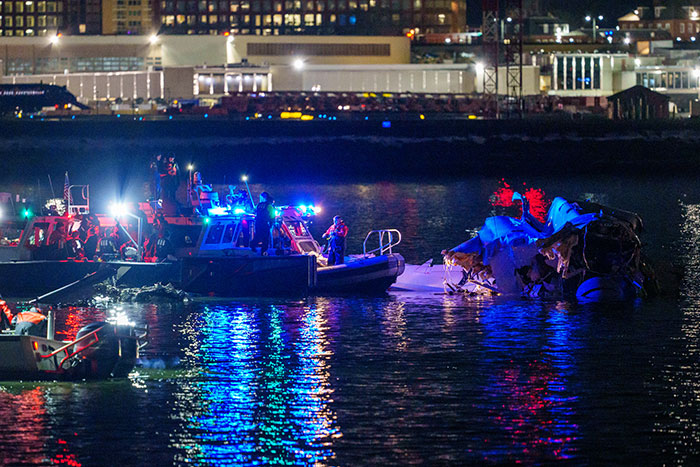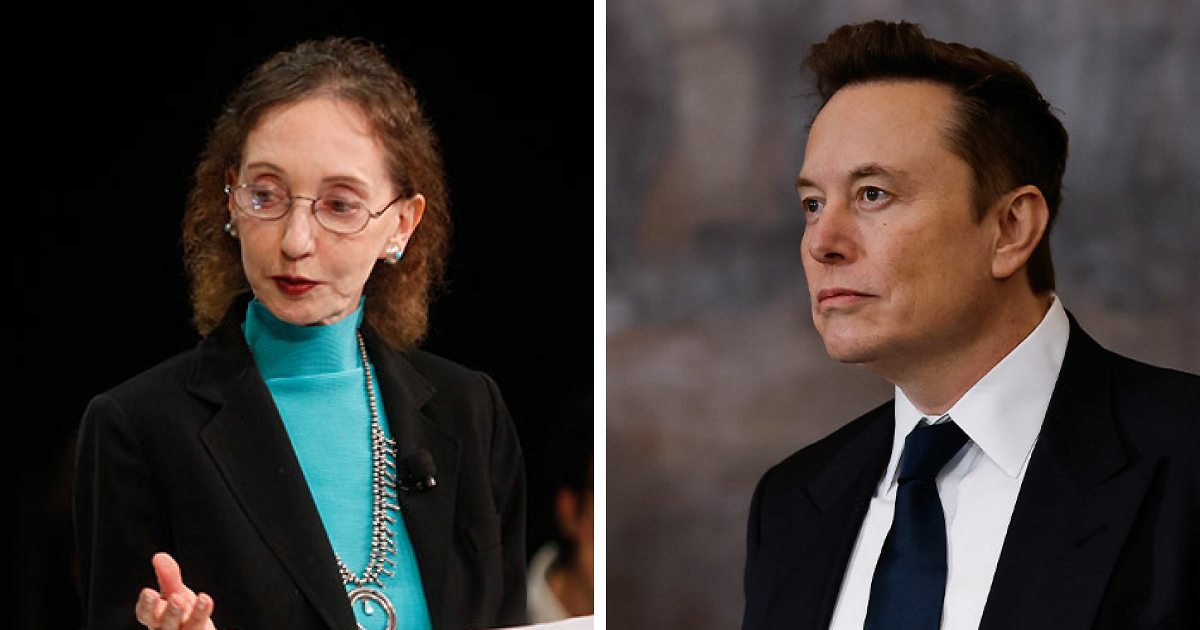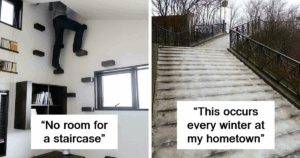“Was Dimming Runway Lights to Blame? Captain Sully Reveals Alarming Theory Behind DC Plane Crash!”
In a bizarre twist of aviation fate, let’s talk about a recent tragedy that has the world sitting on the edge of its seat. Remember Chesley B. “Sully” Sullenberger—the guy famous for landing a plane in the Hudson River? Well, he’s back in the spotlight, but this time the news isn’t so miraculous. Following a harrowing collision between an American Airlines flight and a helicopter near Washington, D.C., where all 67 passengers lost their lives, Sully pointed out that nighttime conditions and the old technology at the airport might have played a sinister role. So, what’s the deal with air traffic control getting a little “old school” just when we need state-of-the-art safety? Join me as we dive into the details of this tragic event, including Sully’s insightful observations, because if this past year has taught us anything, it’s that we can’t take anything for granted—not even the reliability of our aerial navigation systems. Interested in the full scoop? Check out this article to LEARN MORE.
Chesley B. “Sully” Sullenberger, the pilot who safely landed a passenger plane in the Hudson River in 2009, said a combination of two factors might have contributed to the American Airlines flight colliding with a helicopter.
The crash occurred late Wednesday (January 29), and according to President Trump, none of the 67 passengers survived.
- Captain Sully identified nighttime conditions and the presence of water as contributing factors to the D.C. crash.
- He also described the technology at Reagan National Airport as “old.”
- Captain Sullenberger famously landed a plane in the Hudson River in 2009, an event later depicted on the big screen in ‘Sully.’
In an interview with The New York Times, Captain Sullenberger explained what factors could have made avoiding the chopper harder.
Captain Sully suggested that at least two factors may have made it more difficult for the American Airlines flight to see the helicopter before the D.C. crash
Image credits: Andrew Harnik/Getty Images
Specifically, he pointed to nighttime and the presence of water.
“Nighttime always makes things different about seeing other aircraft — basically all you can do is see the lights on them,” Captain Sullenberger said on Thursday (January 30).
“You have to try to figure out: Are they above you or below you? Or how far away? Or which direction are they headed?”
“Everything is harder at night,” he summarized.
Image credits: Jason LaVeris/FilmMagic
The pilot remains cautious about drawing conclusions and assigning blame, as the cause of the crash—the deadliest aviation disaster in the United States since 2001—is still under investigation.
“There would have been fewer ground lights visible over the water than over land at night,” he continued.” It might have made it a little bit harder to see. But that’s a supposition. We don’t know.”
Captain Sullenberger also mentioned the “old” technology in the Reagan National Airport, which is 5 miles (8 km) from Washington D.C. and is considered one of the country’s most challenging airports to navigate.
The airport, which opened in 1941, requires additional training for pilots who operate from it, fields heavy traffic, and has short runways, he said.
The commercial plane collided with the chopper on descent into Reagan National Airport, submerging both aircraft into the Potomac River
Share icon 
Image credits: Al Drago/Getty Images
“It hasn’t changed much since then. Of course, we’ve added technology to it. But a lot of the technology is old.”
The National Transportation Safety Board announced on Thursday that it was at the scene of the crash and was investigating.
Captain Sullenberger said he hoped that the cockpit voice recorder, the in-flight data recorder and air-traffic control radar data would shed light on what went wrong.
Image credits: ABC News
Speaking on Good Morning America, the famous pilot discussed the air traffic control communications, in which the helicopter crew seemingly confirmed they were able to see the plane before the crash.
“The air traffic controller was able to relieve himself of the requirement to have him separate the airplanes, and the pilots would have to separate from each other visually by identifying the other aircraft and staying a safe distance away. Obviously, at some point, separation was tragically lost.”
“There would have been fewer ground lights visible over the water than over land at night,” explained Captain Sullenberger, who famously landed a plane in the Hudson River in 2009
Image credits: ABC News
Captain Sullenberger stressed that the accident on Wednesday night came at an “exceptionally safe” moment in aviation history, but noted that more safeguards exist than people realize to maintain that safety, and a single mistake can trigger a domino effect, leading to a catastrophe.
“We’ve had to learn important lessons literally with blood too often, and we had finally gotten beyond that to where we could learn from incidents and not accidents.
























